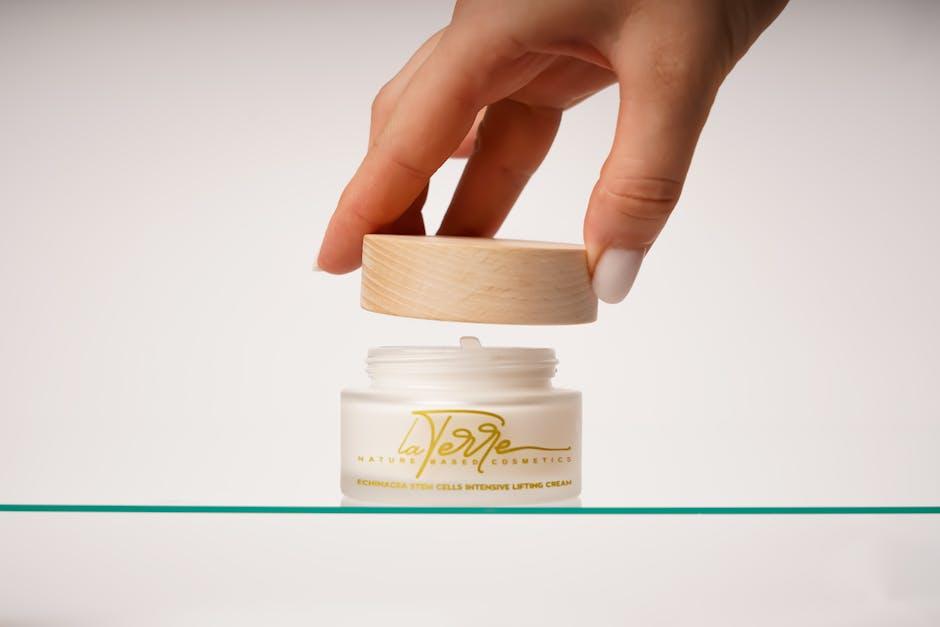
Stem Cells From Extracted Wisdom Teeth Could Transform Medical Treatments
Imagine if the very wisdom teeth you had removed could one day save lives or heal chronic diseases. Recent breakthroughs in stem cell research suggest that stem cells harvested from extracted wisdom teeth might unlock revolutionary medical treatments. This exciting development, highlighted by Goodnet | Gateway to Doing Good, opens up new horizons in regenerative medicine, offering hope to millions suffering from injuries, degenerative diseases, and more.
What Are Stem Cells and Why Wisdom Teeth?
Stem cells are unique cells capable of developing into many different cell types in the body. They act as a repair system, replenishing damaged tissue and supporting healing. While sources like bone marrow and umbilical cords have been commonly used, wisdom teeth emerge as a promising alternative source of stem cells.
Wisdom teeth — often extracted during late teens or early adulthood — contain dental pulp rich in mesenchymal stem cells. These dental stem cells have remarkable potential because:
- They are easy to access during routine dental procedures.
- They have high proliferation rates, meaning they rapidly multiply.
- They can differentiate into multiple tissue types: bone, cartilage, fat, nerve cells, and more.
- Using discarded teeth aligns with ethical harvesting principles without additional invasive procedures.
The Science Behind Wisdom Tooth Stem Cells
The key lies in the dental pulp located inside the wisdom tooth. This pulp houses mesenchymal stem cells (MSCs), which are potent precursors to various cell lineages. Researchers isolate these cells through careful laboratory techniques immediately after extraction or from cryopreserved samples. These MSCs have shown promising results in tissue engineering and disease modeling.
Benefits of Using Stem Cells From Extracted Wisdom Teeth
The emerging field of dental stem cells has quickly gained traction due to its distinct advantages over traditional stem cell sources:
- Minimally invasive collection: Harvesting occurs during a necessary tooth extraction, avoiding extra surgery.
- Rapid availability: Wisdom teeth extraction is commonly performed around young adulthood, capturing stem cells at their youthful potential.
- Reduced immune rejection risks: Autologous transplants (using one’s own cells) reduce chances of immune complications.
- Diverse regenerative applications: Potential to treat neurological damage, bone fractures, diabetes, and even cardiac ailments.
| Benefit | Description | Impact on Treatment |
|---|---|---|
| Easy Collection | Extracted during routine wisdom tooth removal | Non-invasive & ethically favorable |
| Multipotency | Differentiate into bone, nerve, cartilage cells | Wide range of medical applications |
| Youthful Cell Age | Harvested during late teens or early 20s | Higher regenerative potential |
| Autologous Use | Use cells from same individual | Lower immune rejection risk |
Transformative Medical Treatments: Current and Future Applications
Stem cells from extracted wisdom teeth are already making waves in various experimental and clinical settings. Some of the compelling treatment areas include:
1. Bone Regeneration and Orthopedics
Dental stem cells show immense promise in enhancing bone repair after fractures or in patients with osteoporosis. Their ability to differentiate into osteoblasts (bone-forming cells) can significantly improve recovery times.
2. Neurological Disorders
Because MSCs can become nerve cells, studies are investigating potential therapies for spinal cord injuries, Parkinson’s disease, and strokes by regenerating damaged neural tissue.
3. Cardiovascular Regeneration
Research suggests stem cells from wisdom teeth could repair cardiac muscle damaged during heart attacks, potentially improving cardiac function and patient outcomes.
4. Diabetes Treatment
Experimental regeneration of insulin-producing pancreatic cells is an exciting avenue where dental stem cells could offer better diabetes management or even remission.
Case Study: Patients Benefiting from Wisdom Tooth Stem Cell Therapies
While large-scale clinical trials are still underway, early reports highlight encouraging outcomes.
| Patient | Condition | Treatment Outcome |
|---|---|---|
| Emily R. | Bone fracture healing | After stem cell therapy, healing accelerated by 30% |
| James T. | Spinal cord injury | Improved motor function and sensation |
| Linda V. | Type 1 Diabetes | Reduced insulin dependency post-treatment |
Practical Tips: Preserving Stem Cells From Wisdom Teeth
If you or a loved one is about to have wisdom teeth extracted, you might consider storing dental stem cells for future medical use. Below are some tips to make sure stem cells remain viable:
- Coordinate with a certified dental stem cell bank: Specialized services can isolate, process, and cryopreserve your stem cells.
- Schedule extraction strategically: Inform your dental surgeon and stem cell bank ahead to ensure rapid collection.
- Follow transport and storage protocols: Timing and sterile handling are critical for cell viability.
- Keep documentation: Maintain records of storage, consent, and medical usage rights.
Looking Ahead: The Future of Dental Stem Cells
Researchers worldwide continue to explore innovative ways to harness wisdom teeth stem cells. Some exciting future prospects include:
- Personalized medicine exploiting a patient’s own stem cells to treat genetic disorders.
- Bioengineered tissue and organ regeneration reducing the need for transplants.
- Widespread banking of wisdom tooth stem cells becoming part of standard dental care.
- Collaborations between dental professionals and medical researchers to expand therapeutic potentials.
As the science evolves, the humble wisdom tooth — often regarded as an inconvenient leftover — may become a critical asset in the fight against some of the most challenging medical conditions we face today.
Conclusion: A New Frontier in Regenerative Medicine
The discovery and utilization of stem cells from extracted wisdom teeth represent a paradigm shift in regenerative medicine and medical treatments. From easier, less invasive harvesting to broad therapeutic potential across orthopedic, neurological, cardiovascular, and metabolic diseases, dental stem cells offer a beacon of hope for patients and researchers alike.
By understanding and embracing this potential, individuals can make informed decisions about preserving their dental stem cells during wisdom tooth removal, ultimately contributing to a future where healing is faster, treatments more personalized, and chronic diseases better managed.
Stay informed and explore this fascinating intersection of dentistry and regenerative science with Goodnet | Gateway to Doing Good, your trusted source for groundbreaking healthcare stories that inspire positive change.


